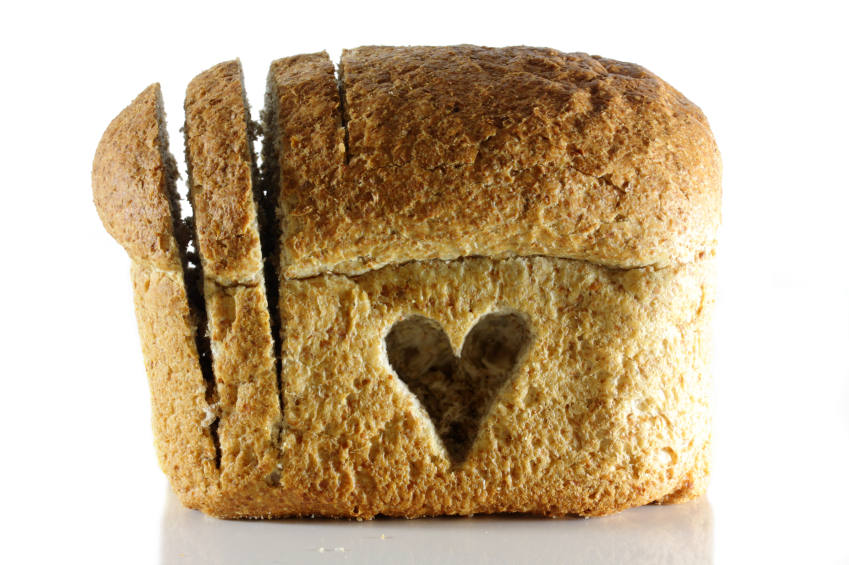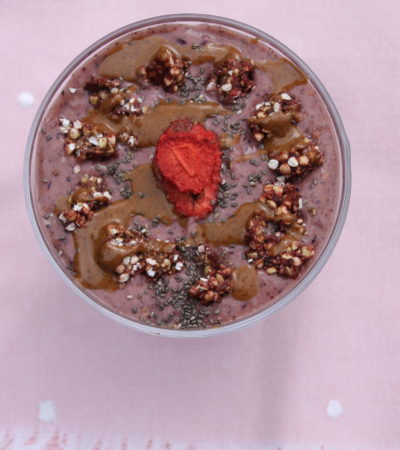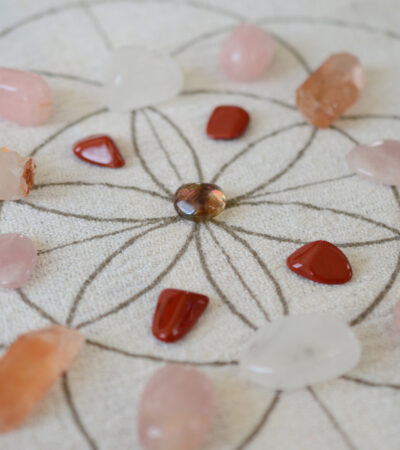words by Zoe Louise Cronk
I am as guilty as anyone. When I have an important or high profile event coming up that I need to look good for, the first thing to go is the carbs. So many of us view this food group as the enemy (cue image of a potato with devil horns and a pitchfork) when it comes to slimming down, but is there actually any truth in this?
It was the popular Atkins diet of the seventies that brought low-carb diets to heightened fame, taking the concept of carb-counting to the extreme by providing dieters with charts that listed the net carb value of every food they could lay their hands on. Yet despite often being shunned as unhealthy or unrealistic in the long-term, low-carb diets and Atkins in particular have stuck around in the dieting arena and are still often advocated for weight loss today.
The basis for Atkins was to encourage the body to use stored fat as energy, rather than the glucose found in carbohydrates. In its place are increased protein and fibre, as these take longer to be absorbed by the body, which prolongs satiety.
The theory? Correct. The reality? Unsustainable.
As explained by Clinical Dietitian Lorraine McCreary (BSc RD MBDA MRSPH), “Faddy fast fixes (such as Atkins) may well see a reduction in overall body size but will usually, in the absence of exercise, result in a reduction of lean tissue (muscle) and bone density.” She continues, “Weight is eventually regained and in the absence of exercise, it tends to be more fat than lean tissue, therefore changing your overall body composition detrimentally.”
Instead, modern nutritional practitioners promote the importance of a wholly balanced diet that includes a sensible portion of carbohydrates. Registered Dietitian Sue Baic advocates that, “approximately half of our daily calories should come from carbs,” but it is important to note that, unfortunately, all carbs are not created equal. “I would advise reducing processed carbs,“ Sue suggests, “especially foods high in sugar, but keeping a good intake of other starchy carbs including whole-grains.
Dietitian Lorraine elaborates, “The less processed foods in your diet, the greater control you have over your energy intake. Processed foods have added calories, fats, sugars etc. and processed carbohydrates can be very detrimental in terms of glycaemic control (blood sugars).”
Referring to the sharp increase in insulin production that is brought on by the sugars in processed carbs, dieters or slimmers should also bear in mind that these demonic foods enable the body to more readily convert the sugars into storeable fat, which, as we all know, is frustratingly hard to shift. Furthermore, because this insulin spike dissipates quickly and is followed by a sugar low, it often results in cravings and unhealthy bingeing.
So, when tackling the carb, it all comes down to good versus bad. The basic notion to remember is that if it’s natural, enjoy (in moderation). If supplemented with admittedly tasty but ultimately waistline-ruining additives, best move onto the next aisle in the supermarket, my friends.
Good carbs (aka. complex carbs)…Natural carbs are present in everything from fruits, legumes and vegetables to whole-grains such as oats, quinoa, brown rice and whole-wheat bread.
Why? High fibre content means they take longer to be broken down by the body. This aids digestion and keeps you fuller for longer, meaning you’re less likely to reach for the cookies when hunger pangs strike. Natural carbs are also rich in vitamins, minerals and phytochemicals, which have antioxidant and anti-inflammatory properties, as well as boosting immunity to fight disease.
Stock up on…bananas, potatoes and carrots, as well as kidney beans and garbanzo beans, as they’re also a great source of protein.
Bad carbs (aka. simple carbs)…White bread, white rice, pasta, noodles, sugary cereals, cakes, biscuits, etc.
Why? These refined foods have been stripped of beneficial fibre, meaning that all you’re actually consuming is unhealthy sugar and empty calories. While the quick burst of energy they create might be helpful in terms of athletic activity, the average individual does not require such rapid boosts, and will often end up consuming even more harmful calories as a result of the sugar low that follows.
Chuck out the…muffins, pastries, crisps, etc. and if possible, try to completely avoid corn syrup (a sweetener found in processed foods and fizzy drinks) as its high fructose content is quickly converted into fat.
For many of us, the reason we view carbs as the dietary antichrist is down to the dreaded bloat. By embracing as many of the carb-swaps that we’ve listed below and including foods known for their de-bloating properties (e.g. peppermint, ginger, pineapple and probiotic yoghurts) in your diet, you’ll soon see results not just on the scales, but in your glowing skin and flat tum too!
– Exchange morning bagels for a slice of whole-wheat toast
– Drink water or peppermint tea instead of fizzy soda
– Trade white rice for brown rice
– Opt for oatmeal with raisins/nuts over mid-afternoon cereal bars
– Forgo calorific cake desserts in place of a hearty fruit salad with belly-flattening probiotic yoghurt
These small changes will not just help you lose weight and slim down in time for that all-important event, but will help you achieve a healthy body inside and out. Good luck!














